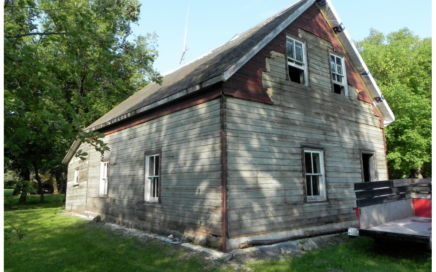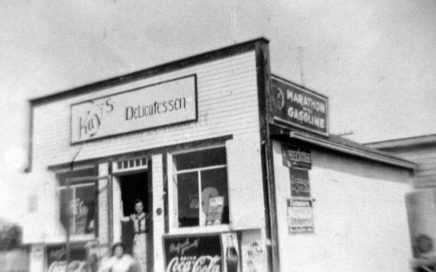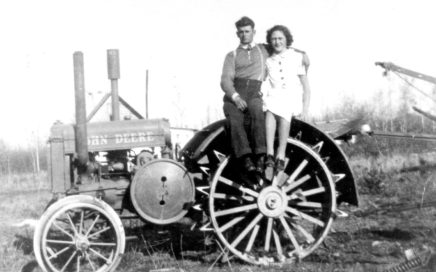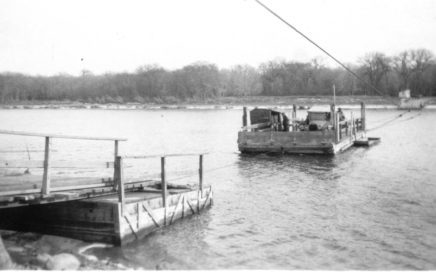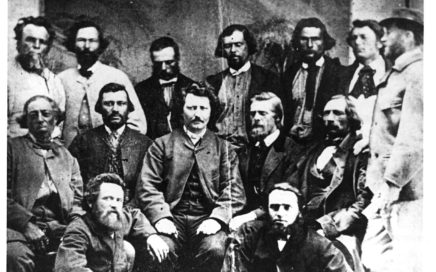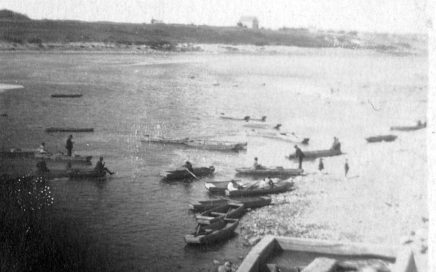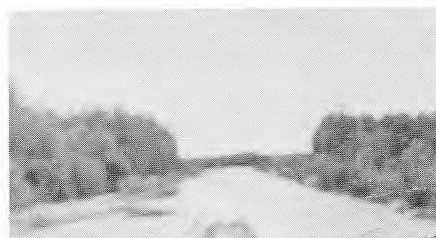Coming of the Rails
Laying the Rails Railway lines are made up of two parts: the ties and the rails. The ties are wooden planks, about six feet long. The rails are made of steel. The rails are joined to the ties and to each other by fishplates and spikes. The ties ire placed across the roadbed exactly two…
